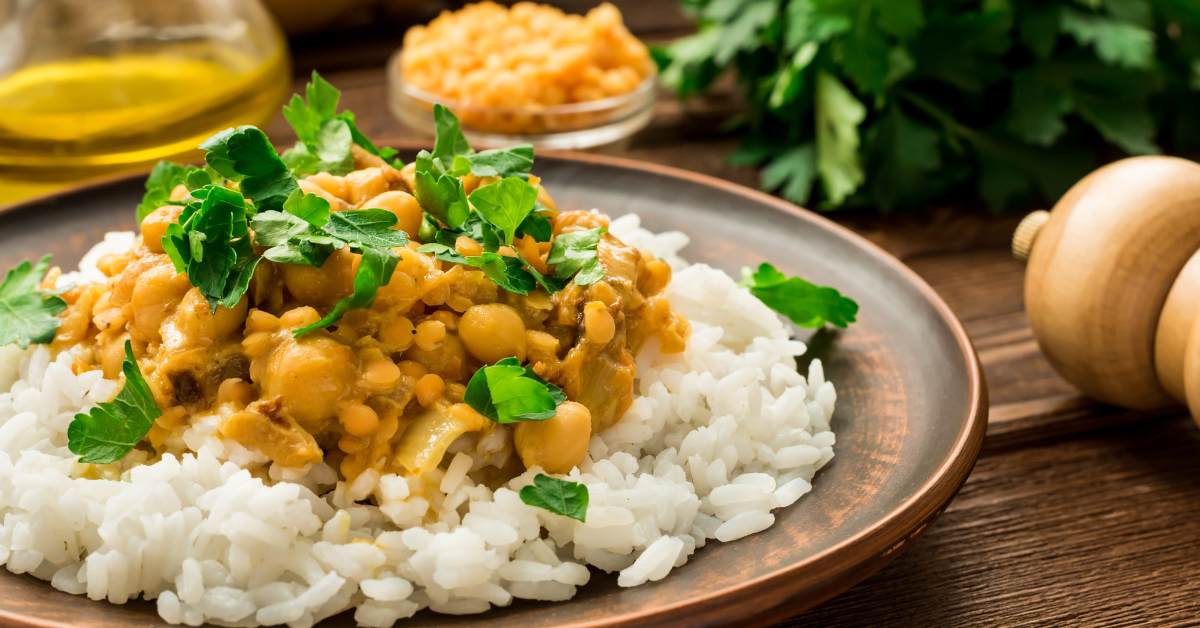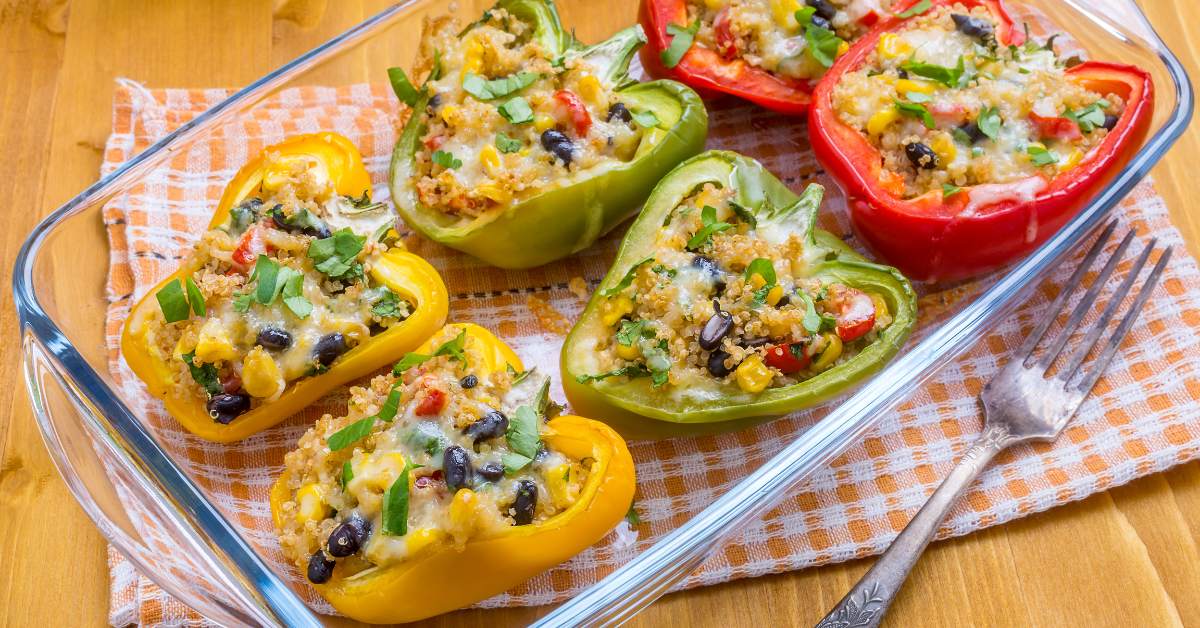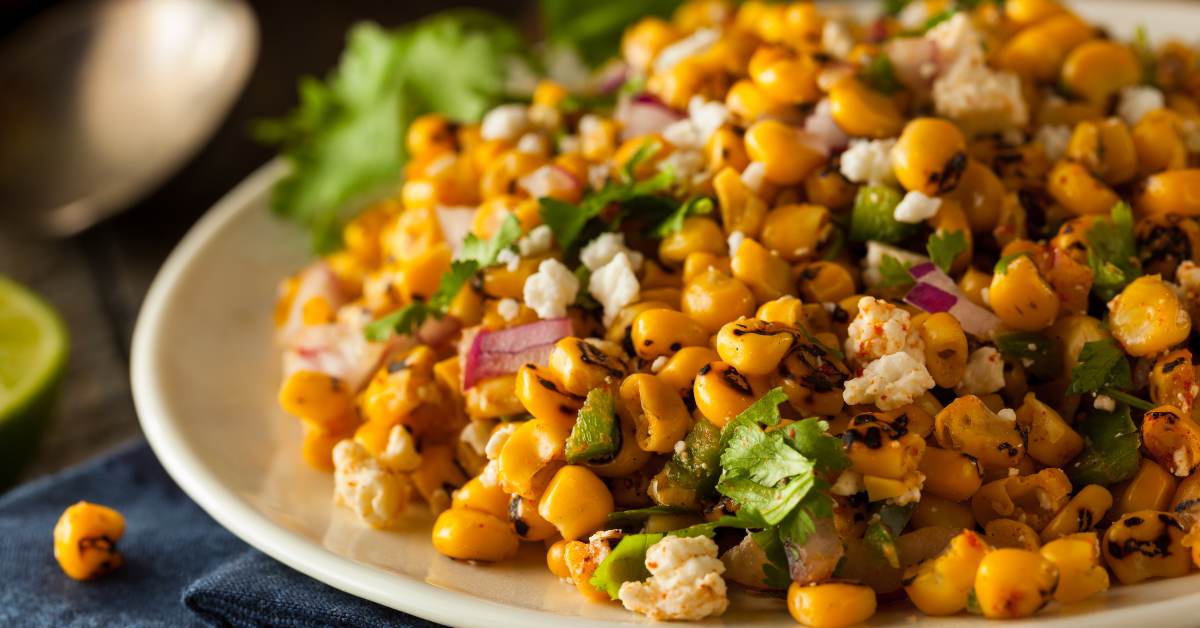In the world of gardening, the choice of what you grow your plants in can make all the difference.
While traditional soil has been the go-to for generations, alternatives like coco coir are gaining traction.
But which is best for your garden? Will all growing mediums produce thriving plants—or do they have limitations?
In this post, we’ll compare soil and coco coir, looking at what makes each unique to help you decide which one to use.
Let’s get started!
Similarities Between Soil and Coco
At the heart of cultivation, both soil and coco coir act as foundational pillars for plant growth.
They offer a nurturing environment where the intricate network of roots can thrive. Like two paths winding to the same destination, these mediums serve a shared purpose.
They enable gardeners to foster robust plant life, thanks in part to their capacity to anchor roots securely.
In both mediums, roots find access to vital resources needed for growth, which ensures a steady supply of hydration and nourishment.
However, as plants mature, that’s where the differences start to be noticeable.
Differences Between Soil and Coco
Dive a bit deeper, and the contrasts become clear with each medium presenting unique traits and challenges.
One of the primary physical differences lies in water retention. Soil tends to naturally hold more moisture, thanks to its varied organic matter composition.
Coco coir, derived from the fibrous part of coconut husks, has superior drainage capabilities (similar to sphagnum peat moss). This quality ensures a reduced risk of waterlogging but requires more frequent watering to keep plants hydrated.
On the chemical side, coco coir boasts a near-neutral pH range, which can make managing the pH in a nutrient solution easier.
This offers you greater control over feeding and helps avoid nutrient lockout, which can be a common struggle for growers.
Additionally, coco coir possesses a lower nutrient density than soil. In fact, coco coir is mostly recommended as a seed-starting growing medium.
For best results, it usually needs you to provide a complete nutrient solution to support plant life, whereas good soil can contain enough nutrients to sustain plants for a while.

Dream of Filling Your Pantry with Homegrown Staples?
Plan your garden with our FREE PRINTABLE—Staples Garden: What to Plant to Feed Your Family for a Year!
Coco Coir: Pros and Cons
Coco coir stands out for its exceptional drainage capabilities. Its fibrous texture allows water to pass through without becoming waterlogged, reducing risks of root rot.
Prices pulled from the Amazon Product Advertising API on:
Product prices and availability are accurate as of the date/time indicated and are subject to change. Any price and availability information displayed on [relevant Amazon Site(s), as applicable] at the time of purchase will apply to the purchase of this product.
Better drainage also promotes oxygen availability to the root zone, encouraging robust root growth. Commercial growers value this feature, as it supports a healthy plant foundation, especially in hydroponic systems.
Beyond that, coco coir’s inherently neutral pH level gives you greater control over the pH of the nutrient solution, which can be especially beneficial for those crops sensitive to pH fluctuations.
But it’s not without its shortcomings.
Vital to understanding coco coir is the need for more frequent watering. This trait could challenge new growers who are still perfecting their irrigation routines. Additionally, coco coir contains minimal nutrients, mandating a well-planned nutrient solution for plant sustenance.
Despite these cons, the medium’s capacity to provide a clean, renewable, and pest-resistant environment is incredibly beneficial for starting seeds and maintaining hydroponic systems.
Prices pulled from the Amazon Product Advertising API on:
Product prices and availability are accurate as of the date/time indicated and are subject to change. Any price and availability information displayed on [relevant Amazon Site(s), as applicable] at the time of purchase will apply to the purchase of this product.
TL;DR: Unless you’re growing hydroponically, only use coco coir for starting seeds or amending potting mix when container gardening.
Soil: Pros and Cons
Soil stands out for its rich composition of organic matter. This natural mixture offers plants a bounty of nutrients right from the start.
It tends to hold water well, which decreases the frequency of watering needed.
For the vast majority of backyard gardeners, soil is what you’ll be using.
Prices pulled from the Amazon Product Advertising API on:
Product prices and availability are accurate as of the date/time indicated and are subject to change. Any price and availability information displayed on [relevant Amazon Site(s), as applicable] at the time of purchase will apply to the purchase of this product.
Working with soil still has challenges, but at least it contains enough organic matter and nutrients to carry plants beyond the seedling stage.
One of the most common hurdles is adapting the soil’s composition to meet specific plant needs. You’ll virtually always need additional amendments and fertilizers.
For gardeners who choose the convenience of pre-mixed bags, soil can be a time-saver. These bags often contain a balanced blend of organic soil with balanced nutrient levels.
Which Media Is Better for Starting Seeds?
When seeds are nestled into soil, they benefit from the inherent organic matter that provides both nutrition and moisture. This traditional medium also supports the delicate balance of air and water necessary for seeds to sprout successfully.
Conversely, coco coir’s fine fibers create an environment with excellent aeration, allowing seeds to access oxygen more readily, which can accelerate germination rates.
Prices pulled from the Amazon Product Advertising API on:
Product prices and availability are accurate as of the date/time indicated and are subject to change. Any price and availability information displayed on [relevant Amazon Site(s), as applicable] at the time of purchase will apply to the purchase of this product.
In this porous habitat, the seedling’s root system can flourish, getting the stability they need for a robust start.
If you’ll be starting seeds indoors, you’ll get better results with coco coir thanks to its low maintenance and generally pest-free makeup.
Of course, if you’ll be direct sowing seeds outdoors, you can just use your native soil or a purchased, amended mix.
Which Medium Is Better for Growing Plants?
Soil offers plants a well-rounded meal from day one. Even if you start out growing in coco coir, you’ll still need to “pot up” to soil at some point.
When it comes to sustaining life growing and full-grown plants, soil is the hands-down winner.
That said, if you’re growing a hydroponic garden, then coco coir grants you full control over the nutrient regimen.
This level of management ensures a tailored diet for your plants but requires consistent attention to feeding schedules.
Frequently Asked Questions
Can You Use Only Coco Coir for Soil?
Pure coco coir can be used as a sole grow medium; it’s inert, making it a blank canvas for nutrient solutions. Despite this, it lacks the natural nutrients found in soil, so you’ll need to supplement with a well-balanced nutrient solution. For the best outcome, monitor your plants closely and adjust feedings as required.
Can You Mix Coco and Soil?
Mixing coco coir with soil creates a hybrid medium that offers the water retention benefits of soil with the improved aeration of coco coir. This combination can help prevent soil compaction, promote root health, and enhance growth. Be mindful, though, each potting mix component changes nutrient and water dynamics, so careful management is necessary.
Is Coconut Coir Better Than Soil?
Coconut coir has superior drainage and stable pH levels, which makes it a favorite for growers needing precise control over plant nutrition. Soil, on the other hand, usually has a rich nutrient profile and is excellent for outdoor or organic grows. Decide based on the specifics of your growing operation and plant requirements.
Does Coco Coir Attract Bugs?
While coco coir is less likely to harbor pests than soil, it’s not immune to them. Fungus gnats, in particular, can still be attracted to moist environments. Prevent issues by allowing the top layer of coco coir to dry out between watering sessions and by employing proper hygiene practices in your growing area.













